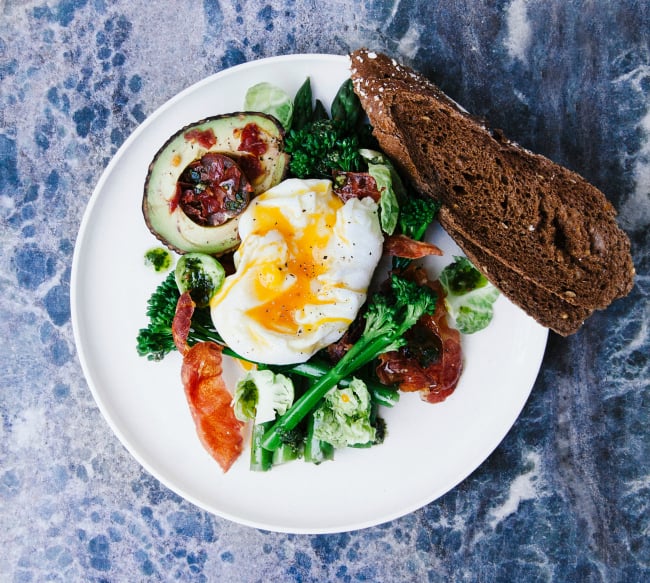
Packing a healthy lunch might just be one of life’s greatest first-world challenges.
Not because it’s hard. It’s not hard to wack a bunch of healthy ingredients into a tupperware container, per say.
But it is hard to do so… and make it delicious. And not soggy. And something you’re going to actually want to consume at midday. And at the same time as getting everyone else in the family’s lunch sorted.
We don’t know about you, but we’re always up for more tips and tricks, and healthy lunch ideas for work.
So we asked Dietitian and Sumo Salad Nutritionist Georgina Moore to share four ways to eat a healthier lunch, minus the effort. Here’s what she said.
No mason jar required.
1. Healthy swaps for comfort recipes
Something warm is always on the cards for pretty much every meal of winter, but it doesn’t have to be laden with calories, saturated fats, added sugar and/or sodium.
Regardless of what you are eating make sure your plate is made up of 50 per cent veggies or salads (preferably dressing free), 25 per cent lean protein such as lean meat, poultry, seafood, eggs, legumes, lentils or tofu; and 25 per cent low GI carbs e.g. pasta, quinoa, wholemeal couscous or barley.
This will limit the total energy of your meal (found predominately in the carbs and protein) as well as the total fat as veggies are virtually fat free. The veggies will also help bulking up your fibre intake without filling out your waist line.






























































































